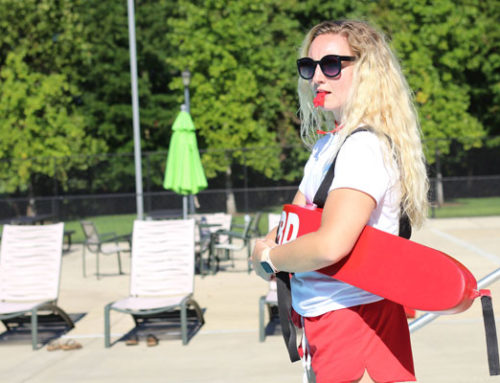Lifeguards are carefully selected and vigorously trained. In the midst of all this preparation for peak season, pool managers may overlook other important aspects of a successful rescue.
Communication is a key factor in every industry, including pool management. Situations that require lifeguard’s aid are serious, and it can be easy to get caught up in the moment and forget to talk to others. However, communicating is essential in keeping everybody calm.
Take charge of the situation
Chances are, there will be many people at the pool, and if an individual needs to be rescued, all of the other guests will become anxious observers. Additionally, if the person who was rescued is conscious, he or she may not know what’s happening and could panic. All of these factors can create a potentially dangerous environment where nobody knows what’s going on except for the lifeguard.
Managers need to remind their lifeguards that communication is critical to ensure control over any emergency. Here are three reasons to do so.
1. Crowd control: You can never predict how large groups of people will react to a frightening scenario. You don’t want guests to panic as a lifeguard does his or her work. At facilities with only one guard present, other members of pool staff will make their way to the pool during an emergency. These individuals may not have seen what happened, therefore, the lifeguard must inform them of the situation. The other employees can keep observers calm.
2. Keep the victim informed: The person who was pulled from the water may or may not be conscious. Regardless, at some point during the rescue, panic will most likely ensue. He or she might not know what’s going on, and it’s up to the lifeguard to inform the victim of what’s happened and what’s being done to ensure that everything is OK.
3. Optimize two-person rescue: If the scenario requires a two-person rescue, communication is absolutely necessary. For example, although an automated external defibrillator instructs rescuers on what to do, the process can be simplified if the rescuers announce each step, ensuring that the other person knows exactly what’s going on at all times. Additionally, if paramedics are called, they should be informed of the details of situation so they can better assist the victim.
In preparation for incidents, managers can hold mock rescues that require lifeguards to communicate effectively and analyze what could have been done better.






